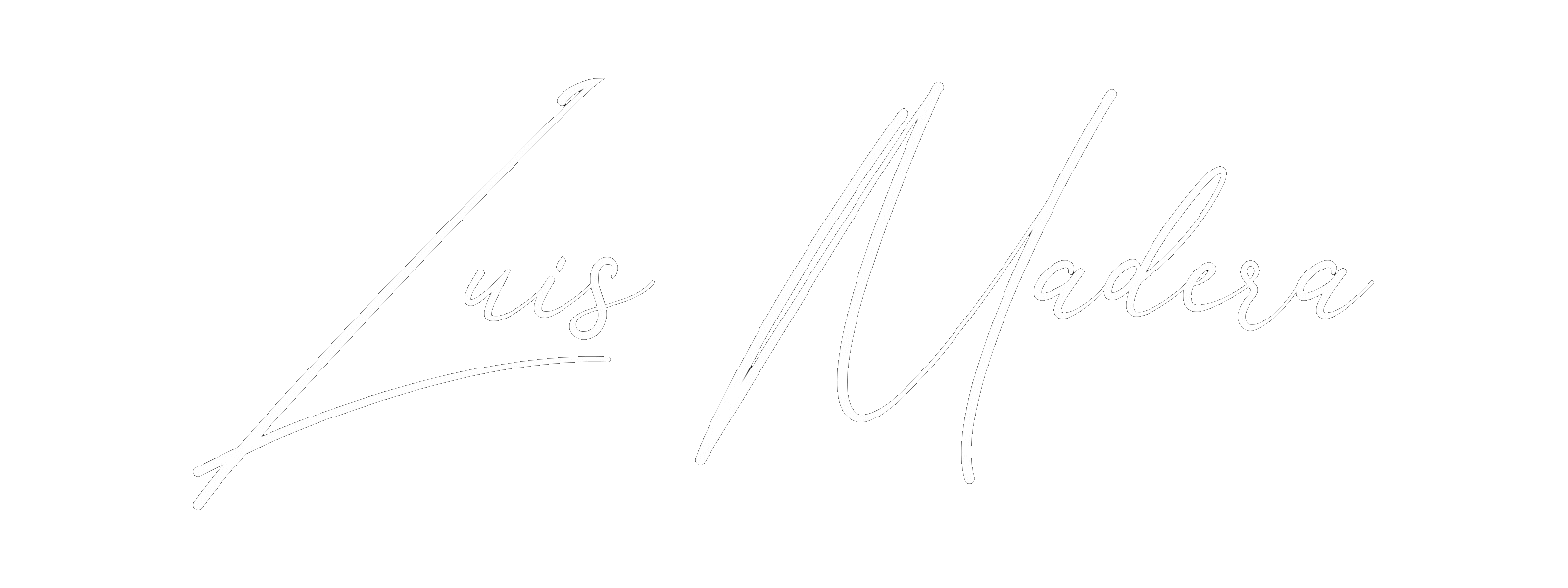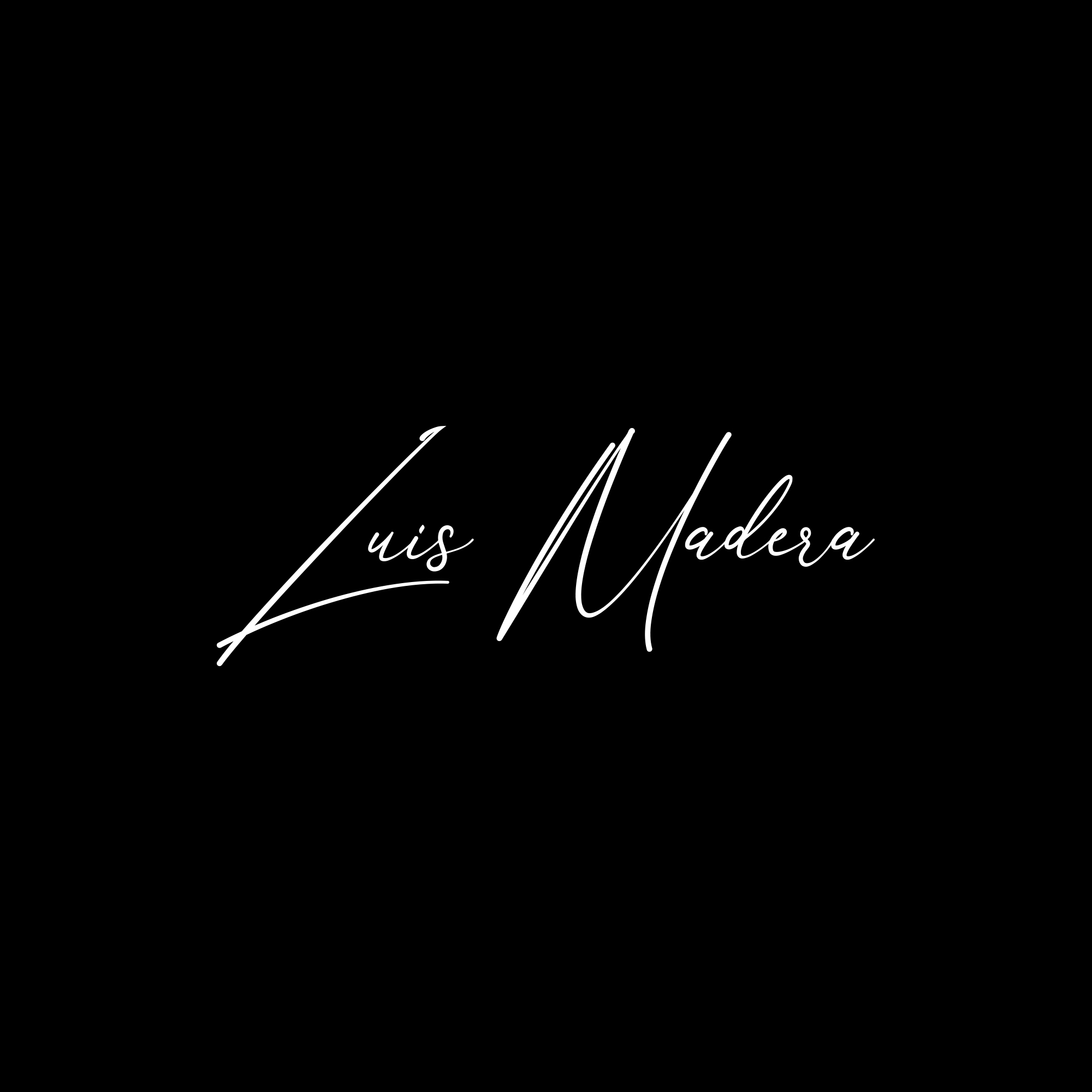Luis Madera
LM saddles combine the highest level of seating comfort with the latest technology at a unique and fair price.
We are very concerned about the well-being of the horse’s back, which is why we make the cushions soft, pressure-relieving and wide.
We are aware that many horses today have a rather short back. Therefore, LM saddles tend to be kept short in order to not harm the back.
We chose a flexible polypropylene saddle tree to make the saddle light. Combined with an exchangeable gullet, which is available in different sizes and is easy to change.
The saddle cushions are filled with high-quality, synthetic wool and are easy to pad.
Most of our leather comes from well-known European tanneries and is of the highest quality.
What should be considered when it comes to the subject of saddles and does the current saddle actually fit?
Does my saddle fit?
The saddle pad must by and large correspond to the horse’s saddle position, i.e. it should be parallel to the back everywhere and be appropriately and correctly (!) Padded.
This is often not the case in the area of the trapezius (front) and in the rear area, which is why so-called atrophies, i.e. muscle wasting, often occur here.
If your horse is currently poorly muscled, a suitable balancing pad is recommended, as is the case for example; Grandeur or Equitex.
Grandeur pads can be used to fill in atrophies and compensate for as long as this condition exists.
The saddle should lie evenly everywhere and distribute the pressure as evenly as possible.
The gullet must be parallel to the shoulder.
Under no circumstances should this be fit to the area behind the shoulder.
Measuring behind the shoulder will result in a head iron that is too narrow for the shoulders to pass under.
Logically, this hinders the horse from muscling up and will cause short strides, impeding on range of motion in the limbs and hollowing of the back.
Under no circumstances should the saddle rest in the area of the spinal canal or at the withers.
Be careful with horses with longer withers!
The shoulder rotation must not be hindered, i.e. the pillows must only begin after (!) The shoulder.
Everything else restricts the movement.
The saddle (tree and pillow) must be symmetrical and not warped.
The saddle should automatically balance the rider correctly. If the rider tilts forwards (split seat) or backwards (chair seat), the saddle is not in the center of gravity.
Usually you notice this as soon as you get up or you can clearly see that the lowest point is not central.
The spinal canal should be at least 4 fingers (approx. 6-10 cm) in the rear area. This varies depending on the horse.
The channel should then run forward in a V-shape.
The saddle should neither slip nor tilt. If this is the case, the saddle is often incorrectly padded.
The saddle cushions should be soft and evenly padded and free of knots.
The upholstery should be checked at least once a year if the saddle is used regularly!
Maximum cushion length / surface area
The pillow should always start BEHIND the shoulder so that the shoulder is not obstructed. You can easily determine the required shoulder clearance by lifting one leg of the horse forward. This will allow you to see how much space the shoulder blade needs for rotation.
The pillow must end after the last rib, otherwise the saddle would press into the sensitive lumbar area. A saddle that is too long can lead to imprecise timing, (severe) tension and even lameness.! You can feel the last ribs quite well on most horses. This runs diagonally upwards.



